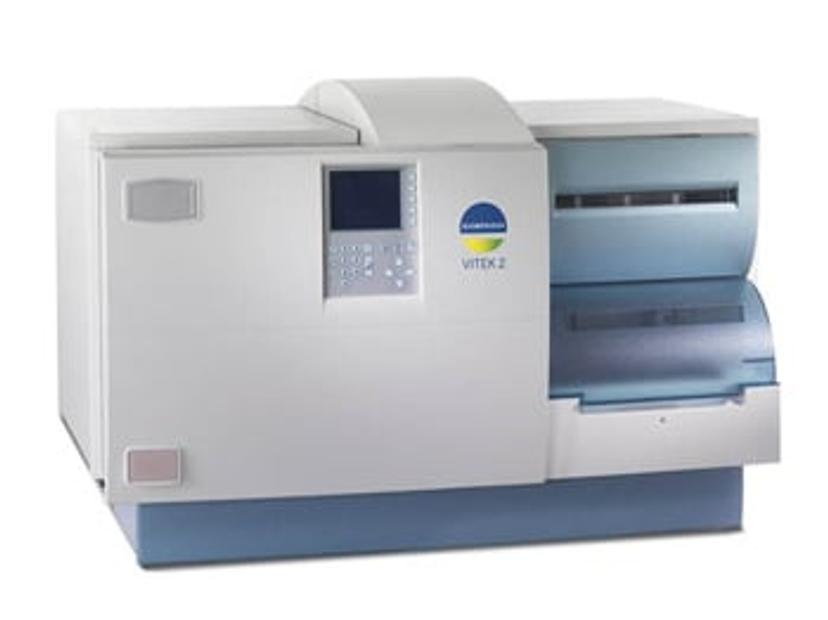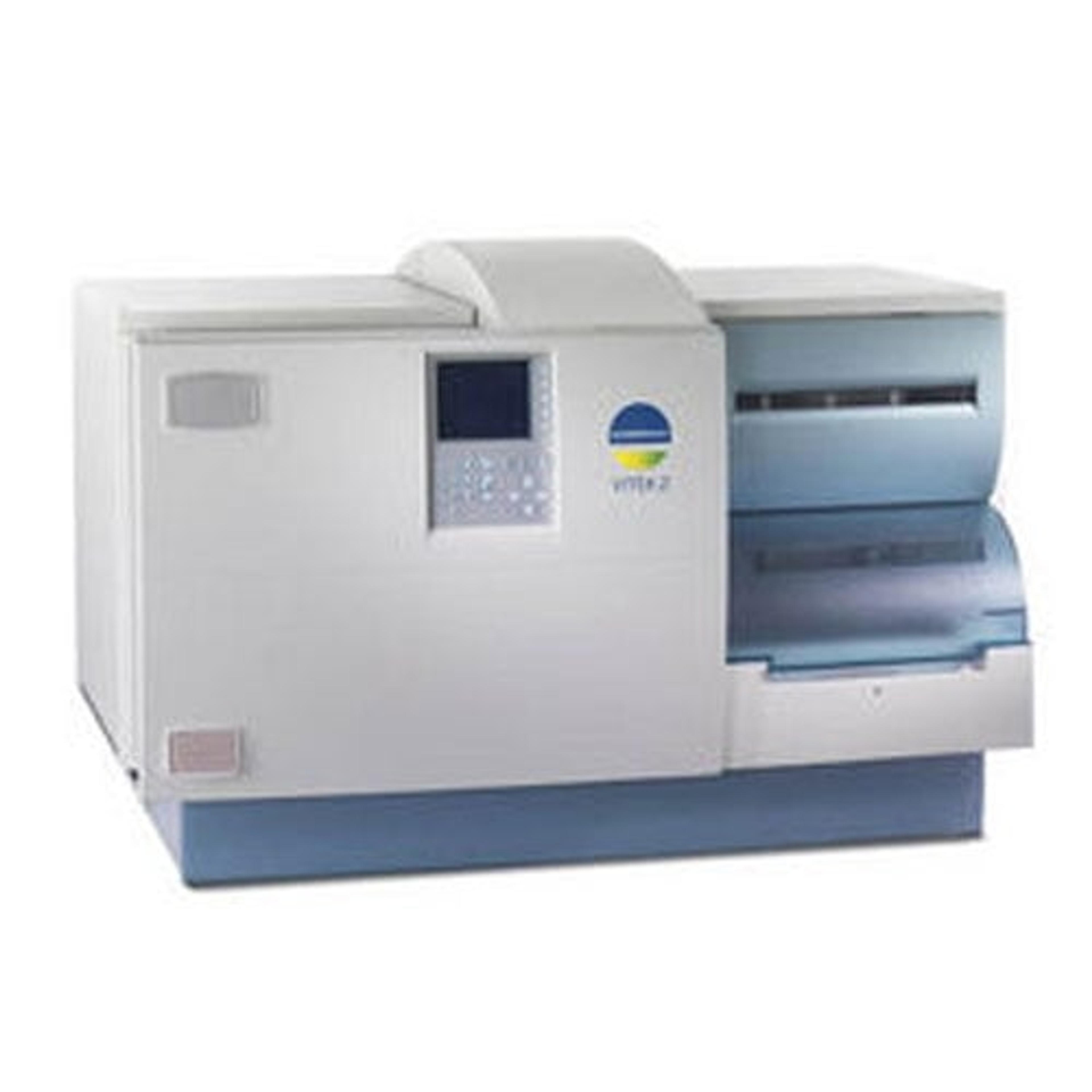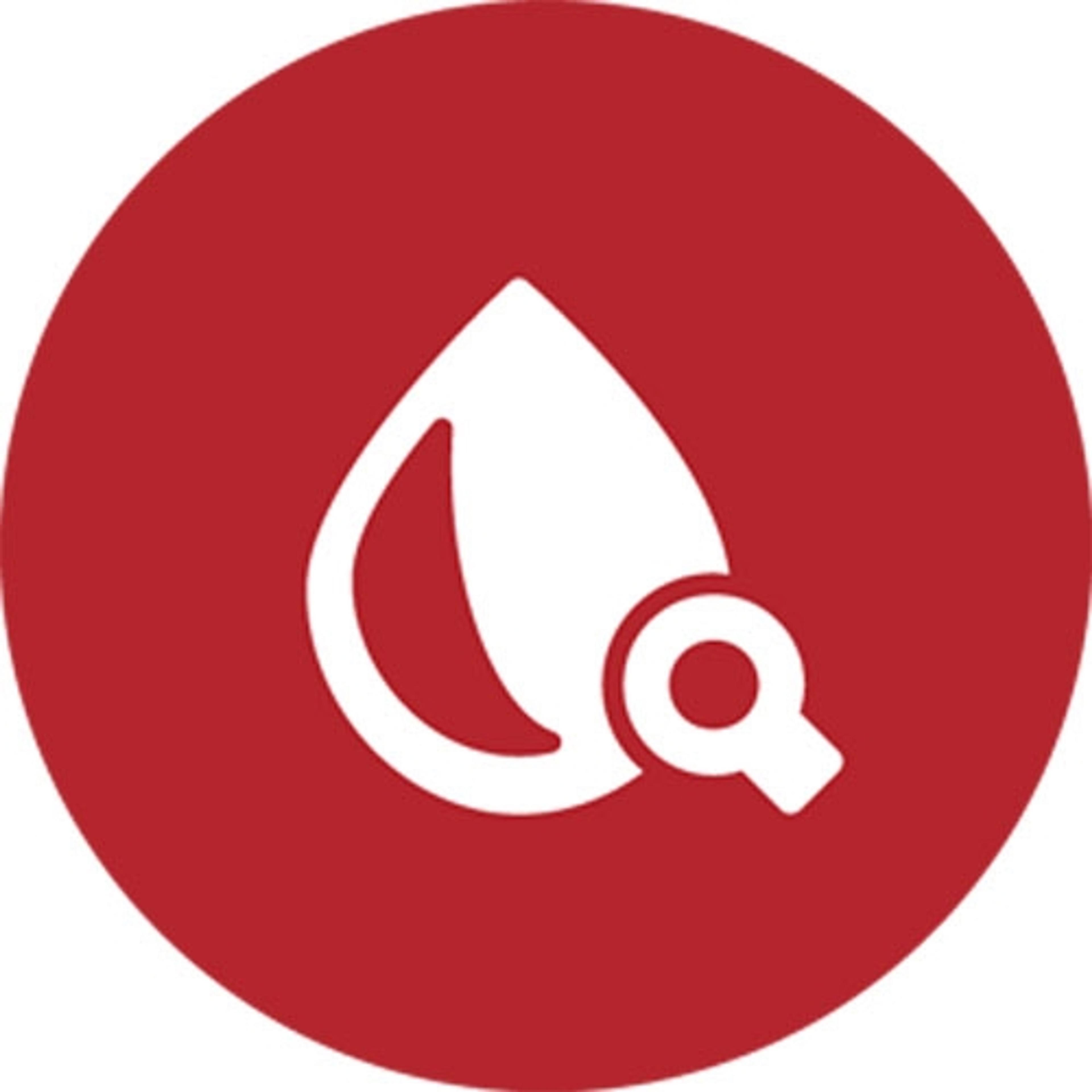AMR: Improving antimicrobial stewardship and patient outcomes with rapid, automated diagnostics
Explore the critical role of rapid pathogen detection technologies and tailored therapy in the fight against antimicrobial resistance
11 Jul 2023
Antimicrobial resistance (AMR) is an urgent global health crisis that undermines advances in modern medicine and threatens our ability to effectively combat infectious diseases. The overuse and misuse of antimicrobial drugs, coupled with inadequate infection control measures, have fueled the development of drug-resistant ‘super-bugs’, rendering once-effective antimicrobial treatments increasingly impotent against a range of bacterial, viral, fungal, and parasitic infections.
Overcoming AMR is considered one of the greatest challenges in twenty-first-century healthcare, requiring efforts to develop new therapeutics and implement antimicrobial stewardship (AMS) programs to ensure the responsible use of antimicrobials. In this interview, SelectScience® speaks with Jeffrey Cies, BCPS, MPH, PharmD, Senior Medical Science Liaison at bioMérieux, to learn more about the company’s dedication to AMR and how their latest diagnostic solutions can empower the swift detection, identification, and treatment of today’s most pressing drug-resistant pathogens.
With a background as a pediatric clinical pharmacy specialist in pediatric critical care and infectious diseases, Cies possesses nearly two decades of experience in pediatric intensive care. Prior to joining bioMérieux, his research focused on optimizing antimicrobial use for critically ill children, providing valuable insights into appropriate dosing regimens for these vulnerable populations. As part of his current role, Cies acts as a key contact for healthcare professionals utilizing bioMérieux products, facilitating research collaborations, addressing medical information requests, and exploring potential medical applications related to bioMérieux's offerings.
A commitment to tackling antimicrobial resistance
As a world leader in the field of in vitro diagnostics, bioMérieux is present in 45 countries and serves more than 160 countries through its expansive distribution network. “bioMérieux's mission is to pioneer, develop, and produce advanced in vitro diagnostics to improve global public health,” Cies states, adding that its products are mainly used for diagnosing infectious diseases.
In response to the growing threat of antimicrobial resistance, bioMérieux is committed to developing solutions that enable clinicians to detect infections caused by antimicrobial-resistant organisms, treat them appropriately, and determine the necessity of antibiotics. “80% of our existing diagnostic products and 75% of our R&D budget are dedicated to the fight against antimicrobial resistance,” Cies adds.
The power of diagnostics
Obtaining an early and accurate diagnosis is crucial to improving patient outcomes and combating AMR. This is particularly true for sepsis, a life-threatening response to an infection that causes approximately 11 million deaths annually – killing more people than cancer. “In the case of sepsis, every hour of delay in administering an appropriate antibiotic to a patient increases their risk of mortality by 7%,” Cies asserts. “By acquiring knowledge about the causal organism and its susceptibility at an earlier stage, we can tailor treatment to ensure that patients receive not only the suitable antibiotic but also the accurate dosage to effectively address their infection.”
From the onset of suspected sepsis to pathogen identification, antibiotic susceptibility testing, patient monitoring, and antibiotic discontinuation, fast and actionable diagnostics are critical. “While traditional blood culture methods take several days to produce results, with our latest technologies, diagnoses can be obtained rapidly and in a high-throughput fashion,” says Cies. “For example, with the BIOFIRE® Blood Culture Identification 2 (BCID2) Panel, pathogens in positive blood cultures can be identified from a menu of 33 organisms and 10 antimicrobial resistance genes within an hour. This means we can identify the causative agent of the infection and help tailor the antibiotic therapy much sooner.”
In addition to the role of initial diagnostics in guiding therapeutic strategy, ongoing surveillance capabilities can support the timely discontinuation of treatment, helping to minimize the risks and impact of antibiotic overuse. “Here, biomarkers such as procalcitonin (PCT) can not only be used to determine if an infection is bacterial in origin but also the appropriate duration of antibiotic therapy,” explains Cies. Procalcitonin is a natural prohormone released by many cell types and organs after proinflammatory stimulation, especially when caused by bacteria, and its levels correlate with infection severity. “Rather than prescribing a course of antibiotics for 7 days, 10 days, or 12 days, we can use procalcitonin to help tailor not only whether patients need an antibiotic or not, but also how long somebody should be treated with an antibiotic,” he shares.
Rapid and accurate diagnoses not only improve patient outcomes by providing timely and optimized treatment but also help preserve the effectiveness of existing antibiotics. By minimizing unnecessary antibiotic use, clinicians can help curb the emergence and spread of resistant bacteria, safeguarding the effectiveness of antimicrobials for future generations. Here, Cies highlights bioMérieux’s newly launched lab-grade respiratory PCR tests, BIOFIRE® SPOTFIRE® Respiratory Panels, designed to detect the most probable viruses that cause respiratory tract infections, including influenza, rhinovirus, respiratory syncytial virus, and SARS-CoV-2, in about 15 minutes. “These panels will enable clinicians to determine whether a patient has a virus that requires therapeutic intervention or whether they can potentially withhold antibiotics, rather than perpetuating the indiscriminate use of inappropriate antibiotics in the community setting,” Cies explains. “Overall, we aim to minimize the inappropriate use of antibiotics across all age groups and healthcare settings, from children in the emergency department to adults with severe sepsis admitted to the hospital.”
Overcoming AMS hurdles

Antimicrobial stewardship has been widely advocated as a key component in the fight against AMR, but the effective delivery of such programs can be a daunting task for healthcare providers. According to Cies, a lack of administrative knowledge around the benefits of AMS, resource constraints, and resistance to change within institutions all pose significant hurdles. “Educating admin staff on the severity of antimicrobial resistance is essential for garnering their support early on,” he says. “Running a successful program also requires dedicated personnel who can focus solely on stewardship activities, rather than incorporating stewardship responsibilities into existing workloads.”
One critical aspect of antimicrobial stewardship is obtaining the appropriate cultures and drug panels for susceptibility testing. This is where partnerships with companies like bioMérieux can be advantageous. “For susceptibility testing, we have a range of different cards available for the different drugs that may be in use in a particular institution, and we can advise healthcare providers on the types of cultures and testing systems that best suit their needs,” says Cies.
Another area where bioMérieux’s solutions are designed to streamline the adoption of AMS workflows is automation. “Systems like our VITEK® 2 make drug susceptibility testing fully automated, eliminating the need for labor-intensive methods such as broth microdilution or Etests,” Cies shares. “Moreover, the company has recently developed a new platform, called VITEK® REVEAL™, which aims to provide drug susceptibility information in an average of just hours, compared to the traditional turnaround time of 24 to 48 hours.” The VITEK REVEAL is pending 510(k) Clearance and is not for sale in the US.
Bridging the gap
Looking ahead, Cies emphasizes the need for outreach efforts to drive widespread adoption and engagement of AMS practices, particularly for institutions and programs lacking infectious disease-trained clinicians. “These facilities, often found in less research-focused areas, still encounter patients with infections and sepsis but may lack the expertise to interpret and utilize rapid diagnostic test results,” he says. “Collaborative efforts are therefore crucial to equip generalist practitioners with the necessary resources and training, enabling them to integrate rapid diagnostics into their clinical practice."
“To this end, we’re working with our current users and the research community to gather and publish more research on the impact of AMS and to showcase the benefits of our technology to the wider medical community,” he adds. “We’re also continuously seeking insights from our end-users and researchers to see if there are new technologies or improvements that we can adopt to make our products more user-friendly and useful for clinicians.
“This is where I see bioMérieux products co-evolving with stewardship programs, making it easier for healthcare professionals to incorporate AMS into their day-to-day practice, and ultimately improving patient care across the board,” he concludes.


